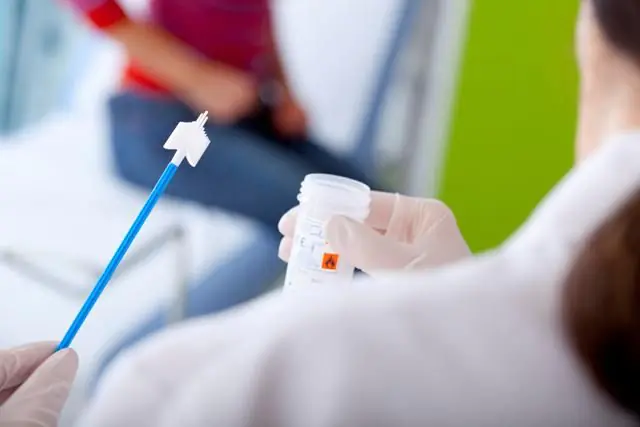
A list of tests that are recommended to be taken when papillomas appear on the body. An overview of the basic procedures that will help determine the level of oncogenicity of the human papillomavirus (HPV).
The content of the article:- Enzyme-linked immunosorbent assay (ELISA)
- Colposcopy
- Cytological examination (PAP test)
- Histological examination
- PCR diagnostics
- Digene test
If papillomas appear on the body, you need to urgently consult a doctor and take a test for the human papillomavirus (HPV), which will allow the doctor to say with confidence whether the skin growths pose a threat to the life and health of the patient, or whether they are harmless benign neoplasms. Even in the absence of visible symptoms of HPV, it is recommended to be tested for papilloma every 3-5 years for preventive purposes, and even more so this procedure should not be neglected if signs of virus activation are visible to the naked eye.
Enzyme-linked immunosorbent assay (ELISA) for the diagnosis of papillomas
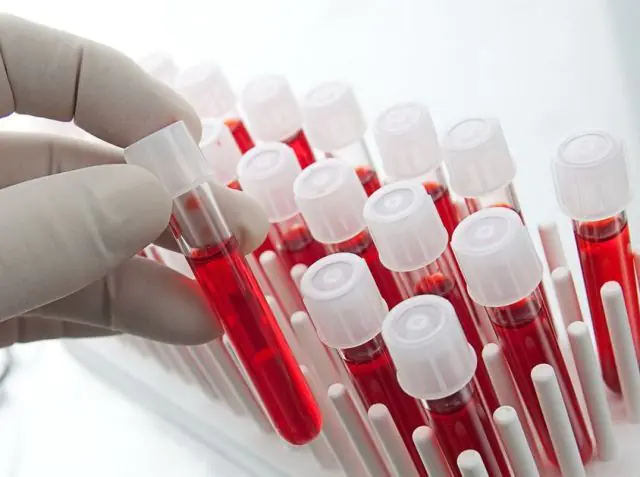
An enzyme-linked immunosorbent test for papillomavirus is used for the early detection of immunoglobulins—antibodies to HPV, which are produced by the human body in response to the appearance of a pathogen. ELISA confirms or refutes suspicions about the presence of a virus, although it cannot provide information about its type, concentration, or oncogenicity.
Venous blood is taken for examination. The patient should not eat or drink for 8 hours before the procedure, but since the test is taken in the morning, this should not pose a serious problem. A couple of days before donating blood, it is important to stop taking antiviral drugs, fatty foods and intense physical activity, not to smoke for at least 1 hour before visiting the laboratory and not to drink alcohol. Before the needle is inserted, the patient will be asked to sit quietly for 10-15 minutes.
The cost of ELISA is from 350 rubles.Colposcopy if papillomas appear
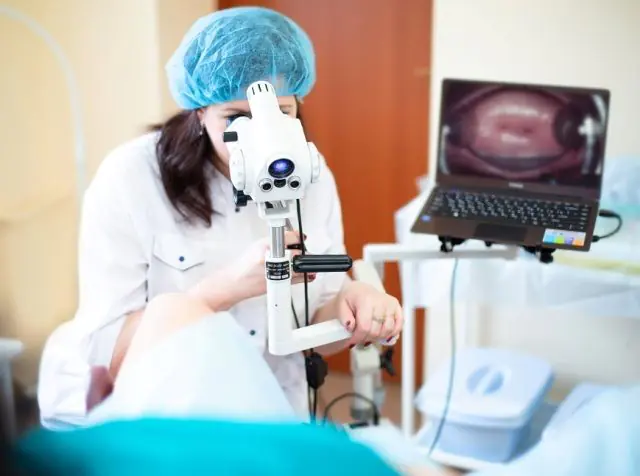
The easiest way to search for traces of HPV is a non-contact visual examination of the cervical mucosa using a binocular microscope with 8-16x magnification - a colposcope. The procedure can be simple or extended, with treatment of the mucous membrane with various medications that make it possible to identify foci of the virus. If even microscopically small condylomas are present on the tissues, the doctor will detect them, and then order further tests to establish the type of pathogen (up to 1000 strains of HPV are known), the extent of its spread in the body and the danger.
The study is prescribed mainly on the 7-10th day of the menstrual cycle, provided that the woman abstained from intimate contact the day before, did not use vaginal suppositories and other medications and cosmetics in the genital area.
The cost of the procedure is about 700 rubles.Cytological examination (PAP test) for papillomas

There are two methods for diagnosing HPV based on a smear with epithelial cells taken from the mucous membrane of the cervix:
- Routine cytological examination. It is low-cost, but often gives false-positive or false-negative results and is effective only in cases of widespread spread of the virus.
- Liquid cytology. One of the most indicative tests for human papillomavirus, which is highly sensitive and allows, if necessary, several studies of one sample. It will show with a high degree of probability whether a virus is present in the body, but will not be able to indicate either its strain or the amount of the pathogen. A cytological smear is recommended to be done annually for all women, regardless of the presence of complaints of warts and other growths for the purpose of prevention.
To obtain scrapings in a normal procedure, an instrument similar to a long thin spoon is used; in liquid cytology, a brush is used, which removes the material more efficiently. In women, a smear is taken from the cervical canal 5-6 days after the end of the menstrual cycle, in men - from the urethra. The resulting sample is placed on a glass slide (in the first case) or in a container with a special solution, and only then on the glass, which increases the accuracy of the study (second option). Results are issued in 5-7 days.
How much a cytological test for papillomas costs depends on its type and clinic. Average figures - 1300-2500 rubles.Histological examination for the diagnosis of papillomas
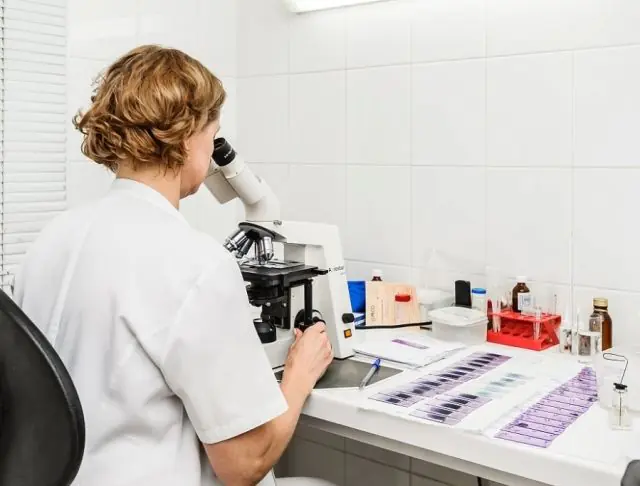
If the object of cytology is a smear of mucous membrane, then histology deals with the study of small fragments of tissue. It is used for a more serious analysis of the patient’s condition, allows one to determine how deeply the virus has penetrated, and is usually prescribed as a complement to a cytological examination if it allowed the doctor to detect a suspicious focus of the pathogen.
The biopsy, a piece of tissue taken, is processed in a certain way and subjected to careful examination through a microscope. The analysis will not determine the type of papilloma virus, but after it the specialist will be able to draw a conclusion about the nature of the neoplasm and say with certainty whether it is a safe skin growth or a precancerous tumor. The result will be ready in 3 days.
Tissue sampling is carried out using a hollow needle, aspiration syringe or radio wave loop. The last method is the most progressive because it avoids bleeding.
Note that during cosmetic removal of papillomas, analysis is also performed, but is not mandatory. It makes sense only if the doctor has doubts about the benignity of the removed tumor.
The cost of histological examination is about 2800 rubles.PCR diagnostics if papillomas appear
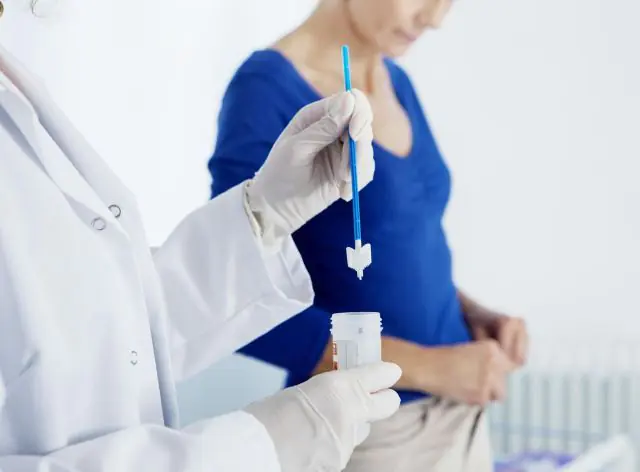
Polymer chain reaction or PCR is a relatively new and one of the most accurate methods to date for studying HPV and other diseases associated with bacteria and viruses. Taking a test for papilloma using this method means getting an almost 100% reliable result, which can only be spoiled by the human factor in the person of an inept or careless laboratory assistant. Even if the pathogen is in the body in extremely small quantities and does not show activity, PCR will detect traces of foreign DNA and RNA, allowing you to accurately determine the type of virus and its quantity.
PCR diagnosis is the next step after histological examination, if the latter does not sufficiently clarify the picture of the disease. It can be qualitative, identifying only the presence of the virus, and quantitative, assessing the extent of the damage. The results are available after 1-2 days, and in some well-equipped laboratories - after 4-5 hours.
The material for the study can be blood, urine and other biomaterials, but most often this role is played by a smear from the cervix in women and from the urethra in men. Before the procedure, the patient must follow the standard preparation rules described earlier.
The cost of a PCR test ranges from 600-1400 rubles.Digene test for the formation of papillomas
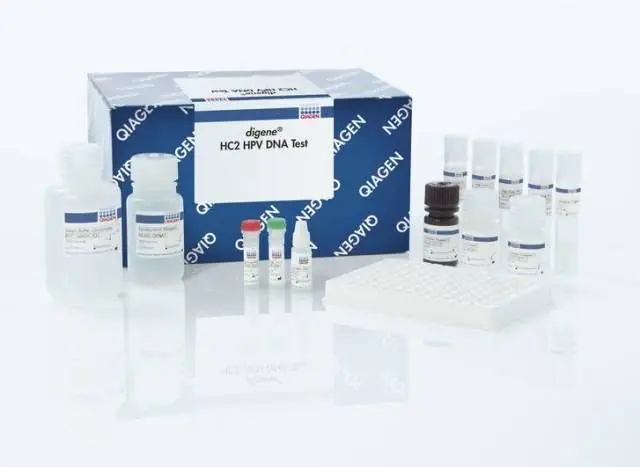
The patented technology, named after the corporation that developed it, Digene Diagnostics, is aimed at identifying fragments of HPV DNA using a hybrid capture method and serves to detect precancerous diseases of the cervix and prescribe optimal treatment. The Digene test differentiates with a high degree of accuracy the type and concentration of viruses and determines the degree of their oncogenic risk.
It is worth emphasizing that on the question of what tests need to be taken for papillomas to obtain the most reliable result, WHO has a clear opinion: the gold standard for diagnosing cervical diseases in the early stages is the Digene test in combination with a liquid cytological PAP test.
For the study, any biological material obtained during a gynecological examination is used: a smear of the vaginal mucosa, a scraping of the cervical canal or urethra, a fragment of cervical tissue. It is also possible to use the contents of liquid cytological analysis slides.
The price of analysis for papillomas in the case of the Digene test will be higher than with other studies: from 6,500 rubles.Remember that any of the above procedures, with all its accuracy, is not immune to a false positive result. If you receive one, do not rush to panic! Get re-examined and listen to your doctor's opinion.
What tests to take if papillomas appear - watch the video:
HPV is a seemingly harmless disease that seems more like a cosmetic defect or an annoying misunderstanding, but in fact it has insidious morals. Having discovered papillomas on your body, you should not self-medicate and prescribe examinations without the knowledge of a specialist. If you have any doubts, consult a professional. An experienced doctor will determine what tests for papillomas are needed in your case, give the necessary direction, interpret the results, prescribe treatment and make sure that it is effective.



